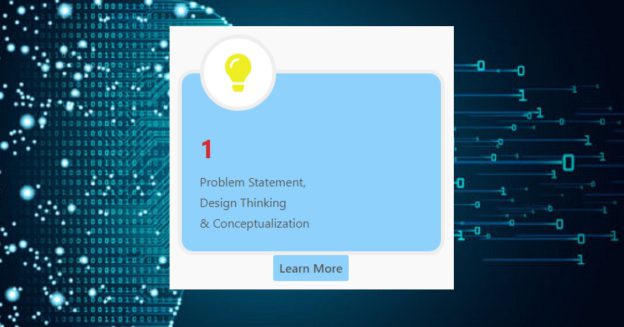Conceptualization & Design
Stage 1 of 3
Project-Course: ST1-M1
Project Topic Formulation
Module 1 of 2
About the Project-Course | At-a-Glance
Within the Framework of the 3-Stage Experiential Collaboratory Project-Course series, ST1-M1 is a Stage 1 (ST1) – Module 1(M1) Preceptor-Guided Topic Formulation Project-eCourse (for project-based e-learning) which facilitates participants’ initiation of a collaborative experiential/real-world Demonstration Project starting with health problem review culminating in topic formulation (ST1-M1; to be followed by a 2nd module on project design leading to a protocol, i.e. Stage 1-Module 2 | ST1-M2). More specifically, this Stage 1-Module 1/ST1-M1 is a generic Project-Course (with applicability across many disciplines) which offers a project-based e-learning framework integrating step-by-step academic guidance on health problem review and topic formulation. Applicability across many disciplines includes public health, healthcare/clinical, program evaluation, molecular, or any other health-related/cross-level investigation (including any investigations meeting IRB-qualifying ‘research’ definition or non-research determination).
What Participants Will Learn-by-Doing in Stage 1/Modules 1 & 2 Experiential Collaboratory Project-Courses (incl. Generation of Publications)
Who Should Enroll & Placement Entryways to Enrollment:
Flow-Diagram & Summary:
Stage 1 | Modules 1 & 2 Summaries | Output Milestones At-a-Glance
ST1/Stage 1 of the Experiential Collaboratory Project-Course series guides program participants progressively through Modules 1 & 2 output milestones to accomplish project startup from concept to protocol as briefly outlined below:
-The progressive approach through Modules 1 & 2 also includes ascertainment of consistency and logical connections across the key sections.



